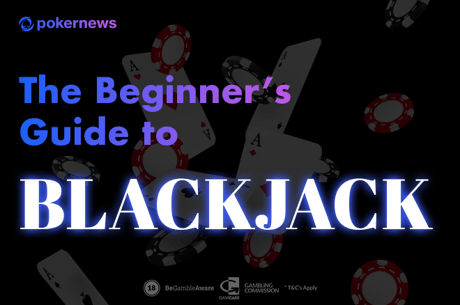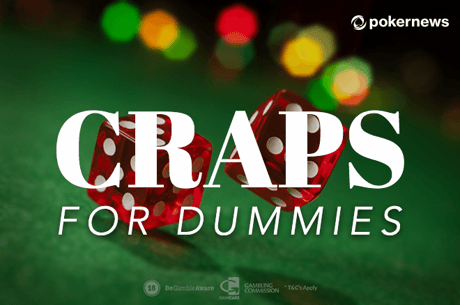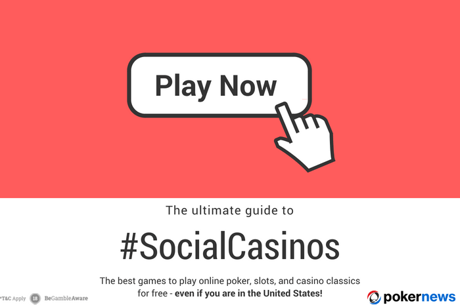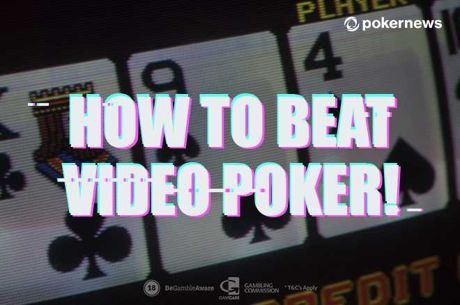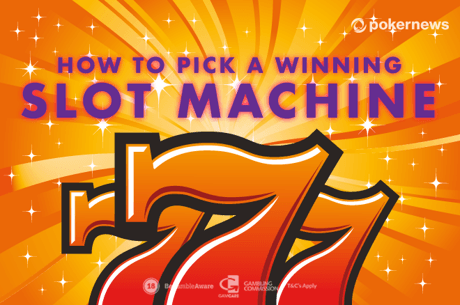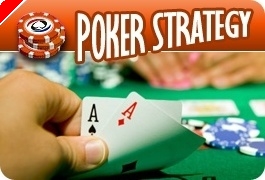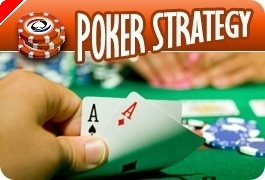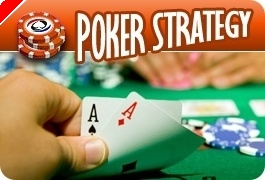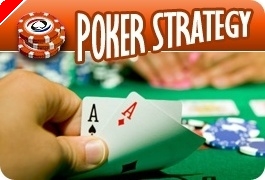Stud Poker Strategy: Short-Handed Play
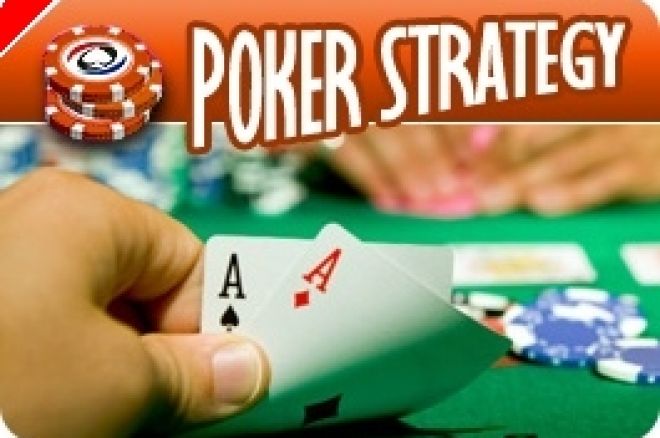
I was playing at my favorite stud venue, Foxwoods, this past week. They had a midday stud tournament, so I took off a day from work to play in it. It was a nice diversion.
I drove down, arrived an hour before the tournament was set to go off and found there were no open seats in either the $20/40 or $10/20 game. So I eagerly took one of the four open seats in the $5/10 game, becoming the fifth player in the game.
My first concern was resisting the urge to try and run over the lower-stakes short-handed game. This is a powerful temptation in such a game for me for two reasons. First of all, since I normally play higher, the stakes lure me into "screwing around" by playing more wildly than normal. It takes some discipline to take the lower stakes seriously. It's a normal distraction, but also a potentially damaging one. A few foolish hands that go to the river in $5/10 can cost over $100.
The other temptation comes from it being short-handed. This temptation is based on the apparent and oft-held, but incorrect, notion that it makes sense to bluff more frequently in a short-handed stud game. With fewer players, and thus fewer opponents, it seems that bluffing more often than in a full game is a correct strategy. But it isn't. Let me explain.
It's true that there are fewer players who must be convinced of the true strength of your hand when you bet – since there are fewer players to begin with. But the object in poker is not to win the pot but to maximize the money you win.
In stud, a short-handed game has a pot that is smaller to start off with than a full game. Think about it. Each player antes $1 in a $10/20 game. In a full game that is $8 in antes. The bring-in is $3. That's a pot of $11 in a full game. In a five-player game an ante steal wins the five antes plus the $3 bring for $8, a $10 bet to win $8.00. In a full game the steal attempt risks $10 to win $11. That's a much better return on the investment.
A stealer in a short game may win more pots. But the risk-to-reward ratio is worse for him – and so it makes less sense.
But, you might ask, aren't there fewer players to convince? Wouldn't that make it more likely to succeed?
Not necessarily. In a full game, timed correctly, a bluff may only need to convince one player. Just wait until it's only you and the bring-in.
What you really should be doing in a short-handed game is value-betting more. Those hands that are medium strength for a full game are more likely to be the best hand at the table in a short-handed one – since there are fewer opponents. So you'll be in more hands and being more aggressive – but it won't be because you're trying to bluff more but because your hand is more likely to be the best one at the shorter table.
Similarly, drawing hands tend to be less profitable – since there are likely to be smaller pots than in full games. This isn't always true, of course, since even full games can be heads-up most of the time if you're up against tight players. But in short games, it's less likely on average that you'll have many players going to the river – meaning the money you win when your draws come in is likely to be less. This, in turn, makes it generally less profitable to play those drawing hands.
In any event, I held in check my natural inclination to be more aggressive in this short-handed game. As it turned out, I got out drawn on the river a few times and managed to lose $25 in about an hour while I waited for the tournament. Who's to say if I would have done better or worse had I been more aggressive? As it was, I felt as if I played each hand correctly so I didn't mind losing the $25.
Sadly, the tournament was not what I was hoping for. Having played in some no-limit hold 'em tournaments at Foxwoods, I was expecting 50 or 60 players at this noon stud affair. There were only six of us. The house gave us the option of taking our buy-ins back and canceling the tournament. But we had all driven down to play in a stud tournament. So that's what we elected to do.
The proper strategy for playing a six-handed tournament is different from playing a multi-table tournament or even a single-table tournament with a full table. A lot depends on the particular structure of the event.
This tournament had 20-minute blinds, a $5,000 starting stack, and a $50/100 limit to begin. The limits went up by either 50% or 100% each level. This makes it a moderately accelerating deep-stack tournament. There is a premium for careful, solid play. Though it's always nice to accumulate chips early, there's no need to bully anyone at the start.
As it was, this tournament was an extreme example of how to play short-handed cash games. Have patience, wait for either high-quality hands or excellent situations, and then be aggressive.
The experience can be very difficult – watching, as one will, the passing back and forth of large amounts of chips, as other players aggressively push against each other for small advantages. But waiting and watching is generally the best approach. Let other players get impatient, play too aggressively, and get knocked out – leaving you in the money.
After four hours of this I was in the money. That, in and of itself, might not seem like much of an accomplishment, considering that three of the six starters cashed. But after four hours it sure seemed like something. By then, I was impatient. And the 50%, 30%, 20% split was so flat that I couldn't justify sticking around (and I guess it provided a convenient excuse for becoming wildly aggressive). I incorrectly ramped up my aggressiveness, pushed very hard – almost maniacally, and busted out shortly after making the money. The better strategy for winning the event would have been to wait until either of the other two players got impatient – and then watched them do what I did. But I didn't have it in me to wait around. Hey, none of us are perfect!
In sum, let me list the general strategy tips for playing in a short-handed tournament:
1. With a deep stacked structure, put a premium on patience;
2. Wait for high quality starting cards;
3. Let opponents knock themselves out;
4. Resist the urge to gamble with borderline cards – especially early in the tournament;
5. Play very aggressively when you have an advantage – but wait until you're sure you have that advantage;
6. Stay out of the way of players who have already locked horns. Let them fight it out between themselves;
7. If the structure is steep – with first getting more than 50% of the money, play to win;
8. With a shallow-structured event, shoot to make the money first, and then worry about where you'll finish.

